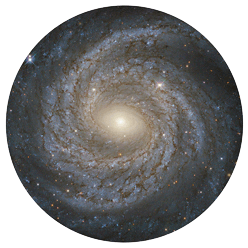
Bad Astronomy Newsletter
For curious people who want to learn more about Earth, space, the Universe... and who love reality for what it is, not what others tell them it should be. I have opinions, too: politics, life, climate science, and such as well. I'll write about 'em.
By registering you agree to Substack's Terms of Service, our Privacy Policy, and our Information Collection Notice